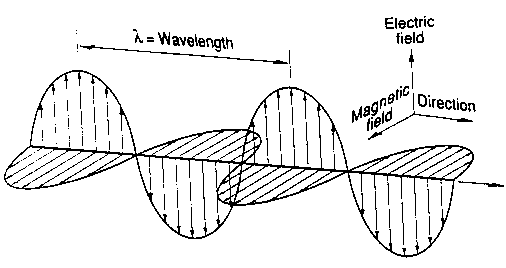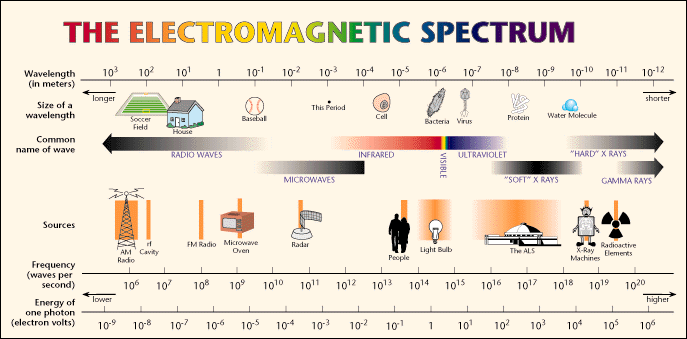


 where E represents the electric field and H
the magnetic field.
where E represents the electric field and H
the magnetic field.
 ) are related by the
usual relationship
) are related by the
usual relationship
"I've heard that
the government wants to put a tax on the
mathematically ignorant. Funny, I thought that's what the lottery was!"
Gallagher
Dr. C. L. Davis
Physics Department
University of Louisville
email: c.l.davis@louisville.edu
